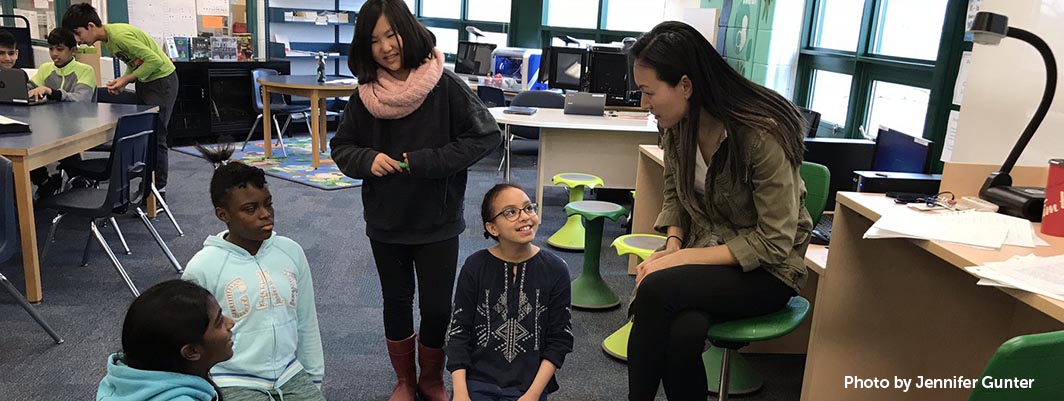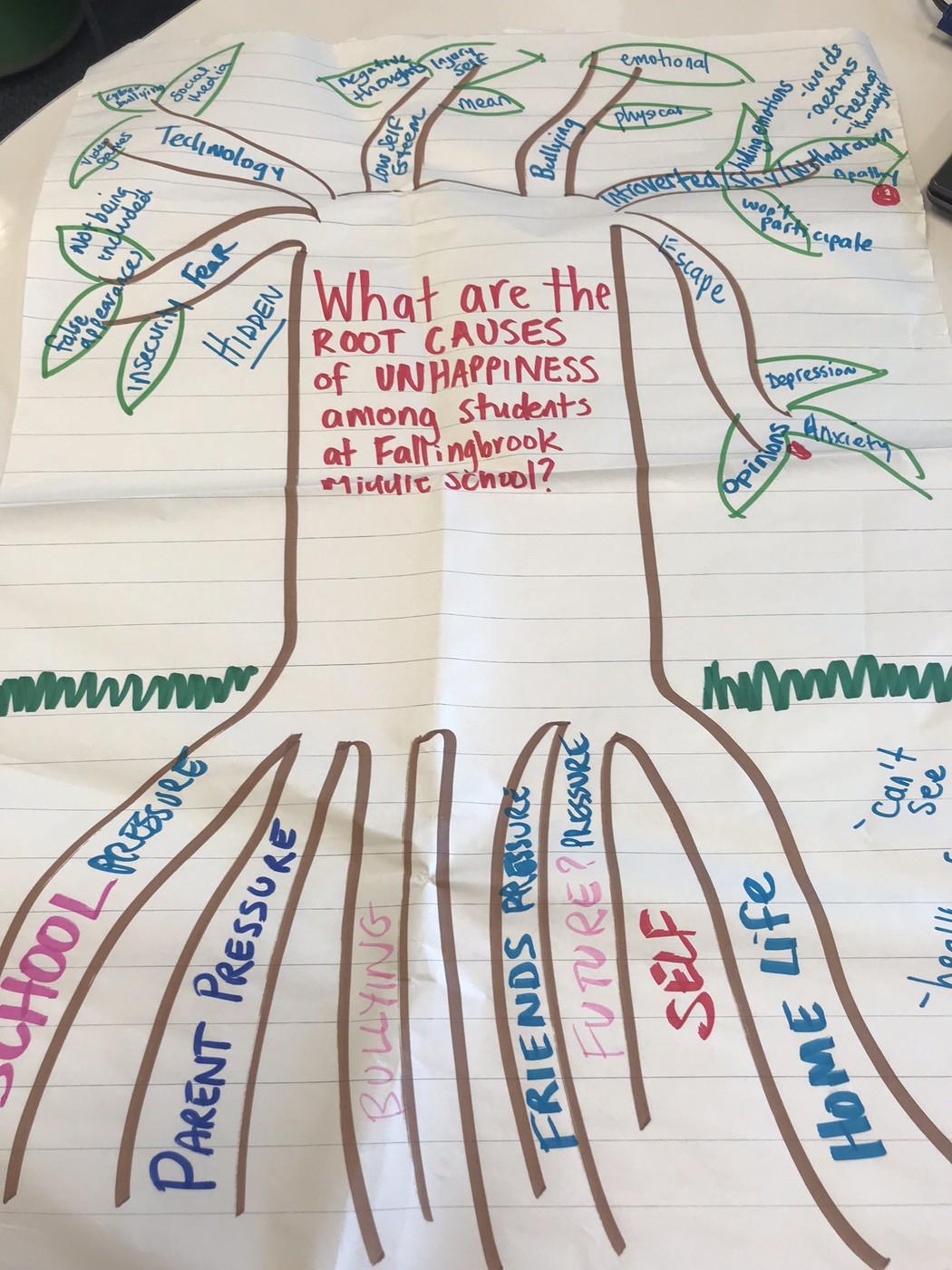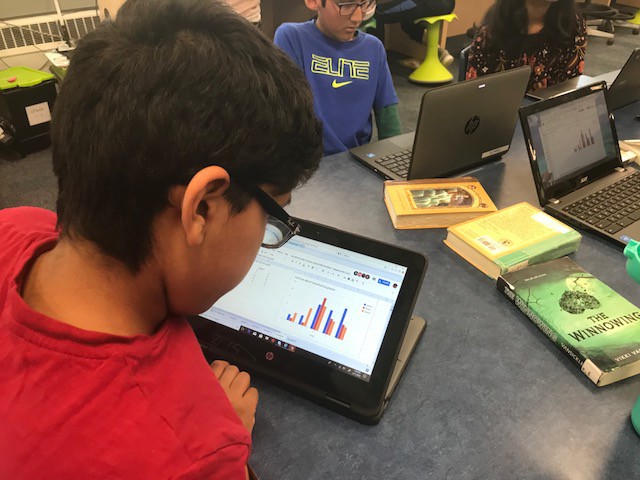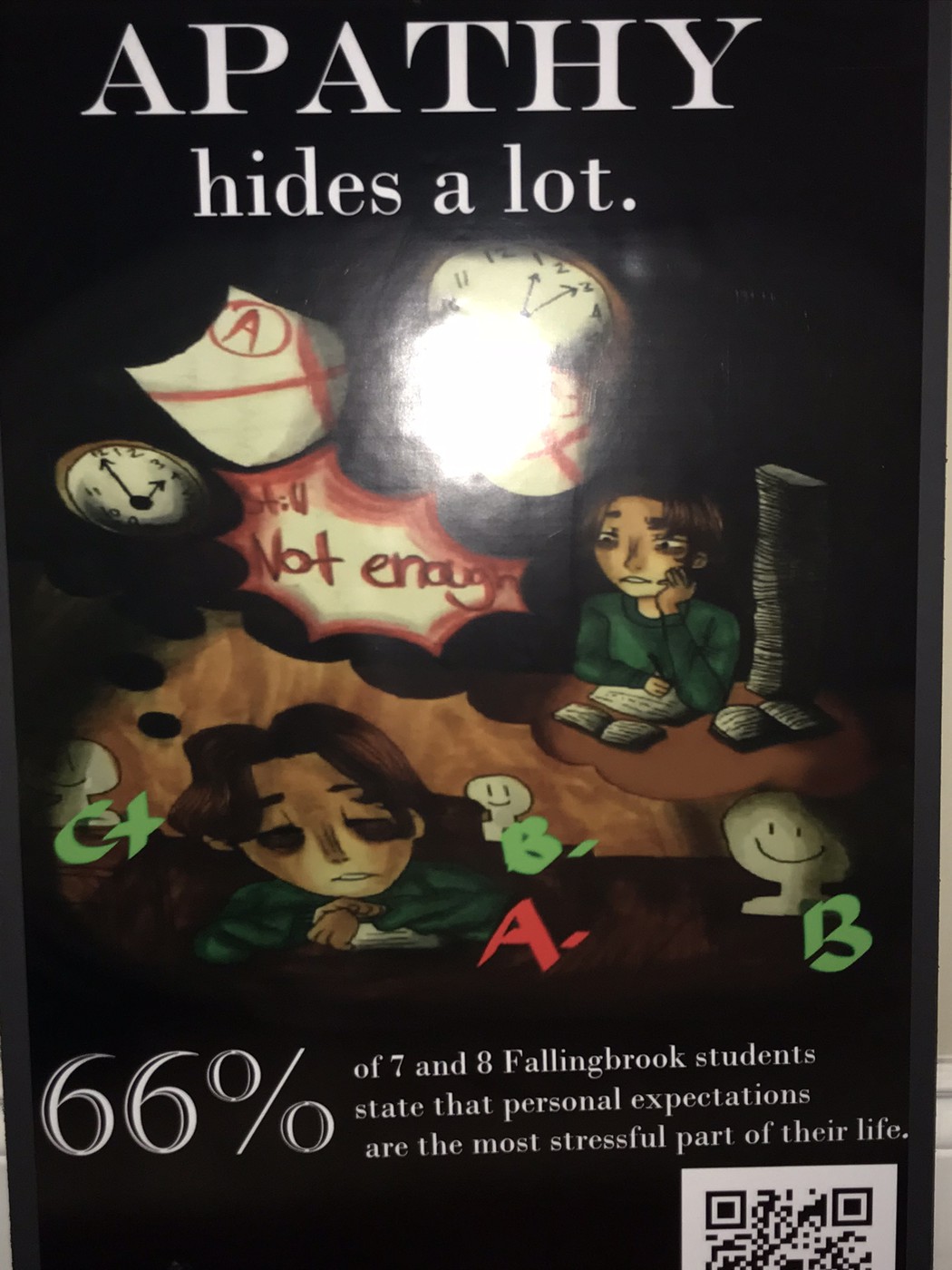
How might we contribute to the resilience of our local communities? Teachers and students explored this question in the Learning Studios design challenge, Thriving Together. For the challenge, Learning Studios could create anything–whether a product, device, campaign, system, or environment–that could strengthen community ties, help their community adapt and thrive, and/or help their community work together to address a shared challenge.
What Does It Mean to Be Resilient?
“Resiliency is one of the things that I really want to help my students with,” said Trevor Hlushko, a Learning Studio teacher at W.H. Ford School in Regina, Saskatchewan, Canada. “[My students] are beginning to try new things, beginning to become more responsible for their own choices, so resilience is something to build the entire year – that it’s ok to make mistakes and to fail but we need to recognize the challenge and failure in order to get better and move forward instead of just getting stuck.”
Trevor and his fifth and sixth grade students explored who is part of their community and what it means for a community to be resilient. “When I first introduced the idea of resilience, it just happened to fall on a day that we got almost more snow than we had in the past two months combined,” Trevor said. Students looked at resilience in action as people in their community helped each other rebound from the impacts of the snowstorm. “We then had the opportunity to investigate our cities’ resiliency plans for when something like this happens,” he continued. “We were building and designing the city of the future and what it would look like. We looked at heavy snowfall, flooding, extreme heat, cold, droughts and more and came up with
some of our own resiliency plans.”
The Problem Tree
The Learning Studio at Fallingbrook Middle School in Mississauga, Ontario, Canada also explored what it means for a community to be resilient, leading them to the big idea they wanted to address: mental health. To reach a deeper understanding of the problem, students completed the Problem Tree exercise to deconstruct what they sensed as a decline in the mental health of students at their school.
The Problem Tree exercise asks students to illustrate a tree in which the trunk represents a problem, the roots represent its causes, and the branches represent its effects. “After an open and honest discussion, students easily connected to the tree analogy,” Learning Studio teacher-librarian Jennifer Gunter wrote in her blog about the project. “Simply put, students were easily able to recognize a tree with unhealthy roots would end up lacking growth or being rotten, whereas a tree with healthy, sustainable roots has the ability to grow and its potential is bottomless.”

Photo by Jennifer Gunter
Their problem tree was left on display in the library commons, inviting new contributions from students passing by. Jennifer described, “It was a light bulb moment to see all students, despite gender, grade, social grouping, cultural background, wanted to talk and give their own insights. Everyone had different things to say and everyone could easily relate to something that was already written on the tree. That sent home the message this was a topic worth pursuing.”
From Idea to Action
To further investigate the ideas shared on the Problem Tree, Fallingbrook students surveyed their peers about the quality of their mental health. They also collected video testimonials in which students shared stories of their experiences related to mental health.

Photo by Jennifer Gunter
Students used the results to create a multimedia campaign. Using the catchphrase “Hides a Lot,” they created posters that paired a statistic from the survey with an illustration showing how a student’s outward demeanor may mask the reality of how they feel. Each poster included a QR code linked to a video testimonial related to the message of the statistic.

Photo by Jennifer Gunter
“Designing and creating this multi-media campaign was [about] shining light on the problem,” Jennifer said. “[It was about] encouraging reflection and discussion in hopes that this will remove the stigma around the issues and help teens that way.”
For more stories from the Learning Studio, browse the Learning Studios Story Gallery.